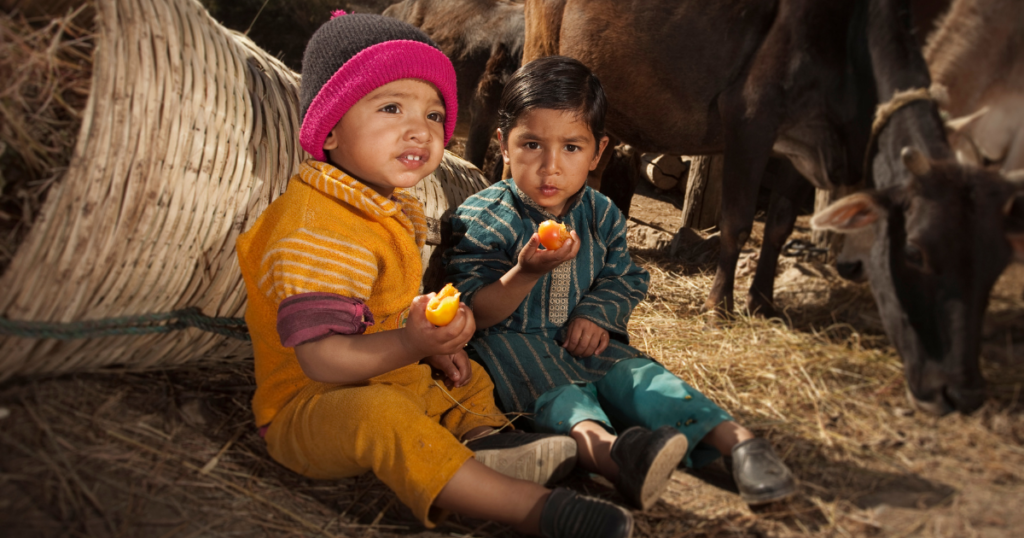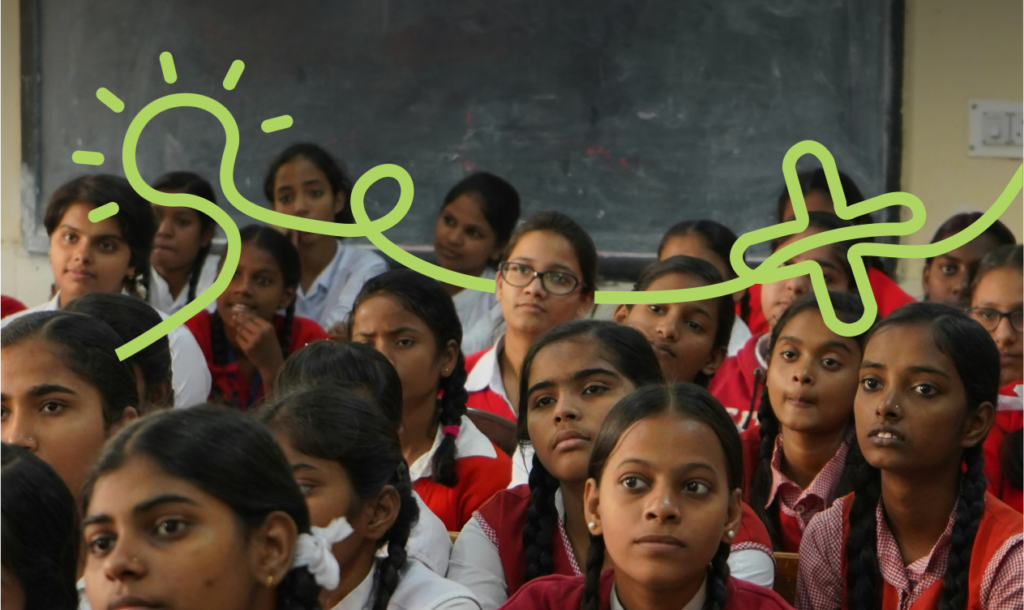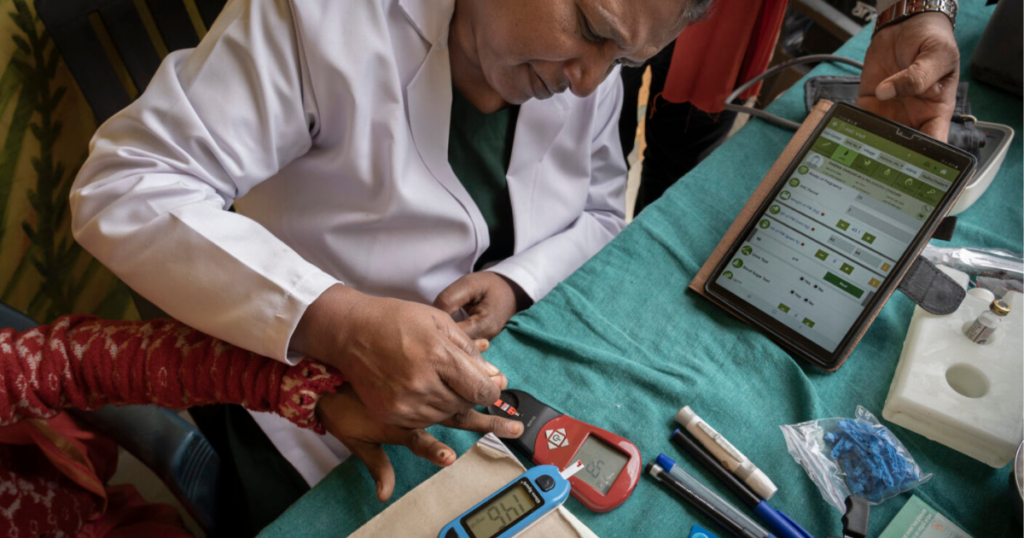Malnutrition in India is a multifaceted issue, encompassing both undernutrition and overnutrition. According to the State of Food Security and Nutrition in the World 2022 Report, around 224.3 million Indians are undernourished. Inadequate access to diverse and healthy diets causes micronutrient deficiencies, especially in children and women.
Nutrition has gained prominence on the policy agenda in India due to its significant impact on public health and development. Several policies – Integrated Child Development Services, National Nutrition Policy, and Poshan Abhiyan – aim to ensure food and nutrition security, promote healthy dietary practices, and enhance the effectiveness of nutrition interventions for various target groups.
Touchpoints such as Anganwadi centres, Community centres, Sub Health Centres and Referral Sites provide nutrition-related services to infants and children under 5, adolescents, pregnant women, and lactating mothers. The current private solutions ecosystem operates on three levers – awareness and prevention of malnutrition, strengthening service delivery channels by identification of malnourished individuals, treatment specific to malnutrition and follow-ups.
Achieving universal healthcare in the field of nutrition entails overcoming various obstacles. Political challenges arise from the poor execution and monitoring of existing initiatives like the Mid Day Meal Programme, inadequate funding allocations and unauthorised diversions. Additionally, economic challenges stem from inflation and the unaffordability of diversified diets, resulting in inadequate consumption of nutritious food among the intended beneficiaries. Social disparities further expose marginalised populations, including adolescent girls, women, and underprivileged castes, to the risk of malnutrition. Proposed technological solutions face limited adoption rates, and persistent challenges exist regarding the availability of data and inconsistencies in nutrition indicators. Legislative measures like the National Food Security Act have certain limitations, including exclusions and incomplete implementation. Furthermore, environmental factors such as the impacts of climate change and pollution contribute to the vulnerability of the target groups.
Emerging smart innovations in the healthcare sector offer potential solutions to bridge gaps and improve accessibility to nutritious foods. Government schemes have incorporated food fortification as a sustainable long-term strategy. Smart proteins, as a climate-friendly solution, are gaining momentum and have the potential to generate USD 4.3 billion in economic opportunities by 2030. Nutraceuticals, serving as dietary supplements and functional foods, are increasingly being recognised for their ability to manage health concerns and cater to lifestyle needs. However, a few emerging trends in the nutraceutical industry, like multivitamin gummies and protein bars, pose health challenges for consumers due to the high presence of sugar and calories, especially in the absence of regulatory mechanisms.
Authors: Anushka Anand, Granthika Chatterjee and Ritika Ramasuri.




